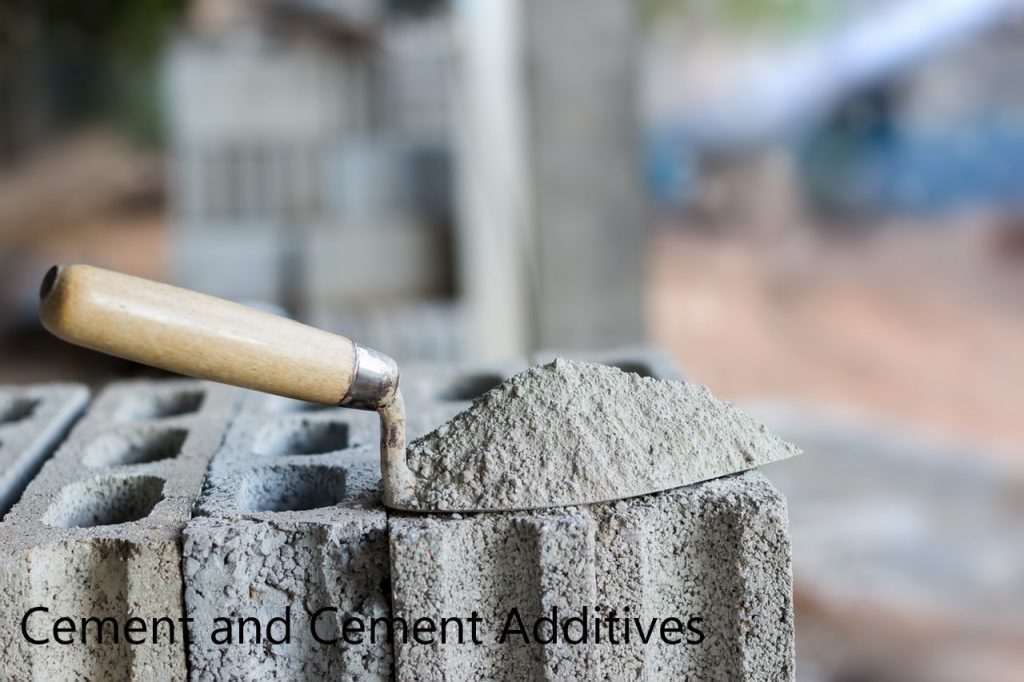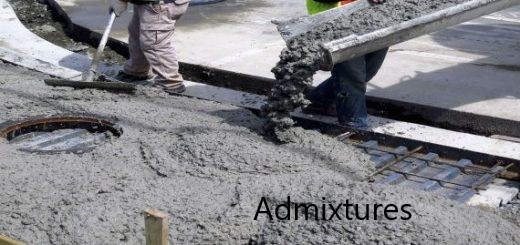In civil engineering, shrinkage reducing admixtures are increasingly being used as an effective strategy for controlling the detrimental effects of concrete shrinkage. These admixtures can help reduce the risk of cracking and other issues that can arise from too much shrinkage. This article will explore the benefits of shrinkage reducing admixtures from the perspective of a civil engineer, including long-term cost savings and an enhanced level of structural integrity.
Early and long-term drying shrinkage can be considerably reduced by shrinkag-reducing admixtures. This is accomplished by addressing the problem of drying shrinkage that occurs within the pores and capillaries of the cement paste. These admixtures should not be confused with shrinkage-compensating substances, which are typically added to cement paste at a rate of more than 5% by mass to induce an expansive reaction that mitigates the effects of drying shrinkage.
It is possible to get reductions of 30 to 50% in both the short-term and long-term drying shrinkage when these admixtures are introduced to concrete during the batching stage. This is accomplished by addressing the “cause” of drying shrinkage within the cement paste’s capillaries and pores.
Shrinkage reducing admixtures are a relatively new development in the world of concrete, but they have already shown great promise in terms of their ability to control shrinkage.

While traditional methods of managing shrinkage typically involve adding more water to the concrete mix, shrinkage reducing admixtures offer a much more effective solution. By reducing the amount of water that is able to evaporate from the concrete, these admixtures can help to prevent the formation of cracks and other defects.
In addition to the improved durability that these admixtures can provide, they also offer a number of other benefits. One of the most significant is the potential for long-term cost savings. By preventing cracking and other forms of damage, shrinkage reducing admixtures can help to extend the life of a concrete structure. This can lead to substantial savings over time, as repair and replacement costs can be significant.
From a civil engineering perspective, shrinkage reducing admixtures offer a number of clear advantages. They can help to improve the durability of concrete structures, while also providing the potential for long-term cost savings. In addition, the use of these admixtures can enhance the level of structural integrity, making them an ideal choice for a wide range of applications.
It is important to note that shrinkage reducing admixtures are not a cure-all for concrete shrinkage. They should be used as part of a comprehensive shrinkage control strategy that includes other measures such as thermal massing and curing. However, when used correctly, they can be an invaluable tool for preventing the harmful effects of concrete shrinkage.
Shrinkage-reducing admixtures will not adversely affect the workability of concrete. The amount of liquid admixture must be a portion of the mixing water, though. These additives can occasionally inhibit the development of both early and late strength. A maximum strength reduction of 12 to 15% after 28 days is possible while using the appropriate dosages. However, this will depend on the type of admixture used.
Advantages of Shrinkage Reducing Admixtures Brief
- Significant reduction in the shrinkage of the concrete
- Reduce the cracking of concrete due to the shrinkage
- No significant changes in the properties of concrete
- Drying shrinkage of the concrete is inevitable. However, the use of shrinkage-reducing admixtures reduces the cracking of concrete due to the drying shrinkage.


